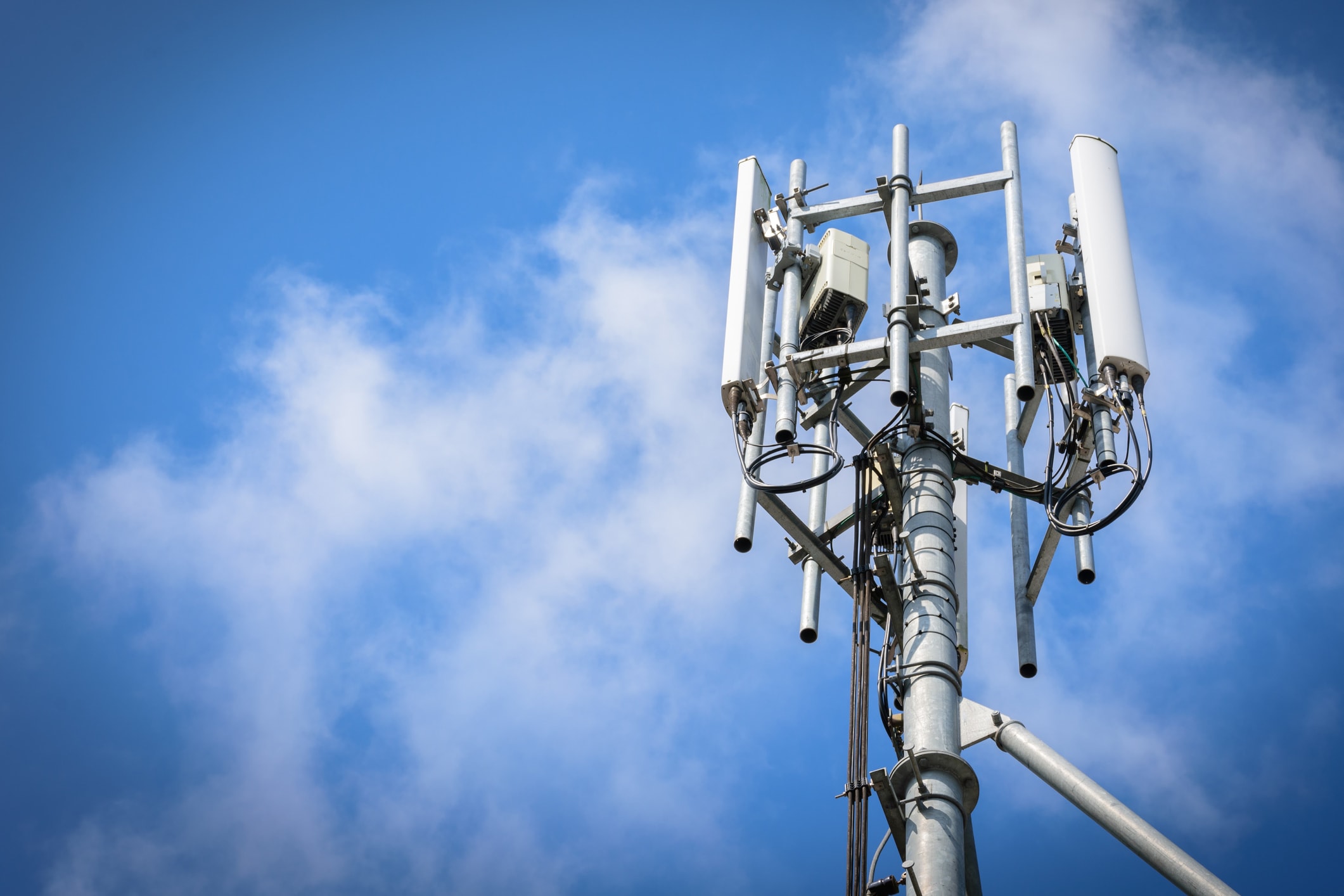If you've ever wandered through a city, you may have seen tiny cell towers for 5G placed on poles for street lighting. They look like small boxes however, they're actually transmitting wireless signals from cell phone providers to your mobile.
These smaller towers are replacing larger specially-designed cell towers. While they're not as noticeable but they can still create issues for users.
what is a safe distance from a 5g cell tower define the maximum amount of time one can expose to electromagnetic energy generated by wireless devices. The exposure limits are based on research that show that RF energy can cause harm to health.
The absorption rate specific (SAR) is an indicator of the amount of radiofrequency energy that is absorption by tissues. It's usually 1.6 Watts per kilogram averaged over one kilogram of tissue.
Since 5g is able to transmit at higher frequencies and has the potential to increase the intensity of energy on the skin and other exposed body parts. This can lead to a wide range of potential harms, including exacerbated the development of skin conditions like dermatitis, cancer of the skin and cataracts.
Due to the possible severe effects of 5g radiation, PSU has chosen to create a general power density limit of 4 mW/cm2 averaged across 1 centimeter, but not exceeding 30 minutes for the entire 5G spectrum at 3000 GHz. This limit for localization is in line with the peak spatial-average SAR of 1.6 W/kg averaged over 1 g of tissue at 6 GHz.

The FCC's Maximum Exposure Thresholds
Have you ever used a mobile phone, you're probably aware that the safest range from the tower is at least 400 meters away. This is because the power of transmission from the cell tower is significantly increased the farther the tower is.
While this sounds like a good idea however, people living in close proximity to towers might be more susceptible to health issues. For instance, a 2014 study in India discovered that people living within 50 meters of cell towers had significantly more health complaints than those who were far from antennas.
But, the study found that people who moved to areas further away from cell towers experienced their symptoms return to normal within a couple of days. Another study has demonstrated that exposure to extreme frequencies of radiofrequency electromagnetic fields (EMFs) could cause cancer, brain tumors and other health issues.
This is because radiofrequency radiation, used in wireless communication can penetrate the human body's outer layer, the skin. It is crucial to know because the skin serves as a barrier to protect against injury to the body, infection from pathogenic microorganisms, as well as the entry of harmful substances. Additionally, it is the biggest organ in the human body, and is responsible for protecting other organs.
The FCC's Minimum Exposure Thresholds
The FCC's Minimum Exposition Thresholds are based upon various assumptions that aren't supported by scientific evidence. These include the erroneous belief that exposures to RF radiation are safe due to the limited absorption into body (i.e., tissue heating).
The assumption also ignores the deeper penetration of the ELF elements of modulated radio signals as well as the effects of short bursts of heat from pulsed RF waves. These assumptions do not correspond with the current understanding of biological effects of RF radiation. Therefore, they should not be relied upon for health-protection exposure guidelines.
Additionally there is More helpful hints that both ICNIRP and FCC restrict the maximum limits of exposure to peak local SARs based on the peak speed of spatial absorption (psSAR), which can be described as not a sufficient dosimetric tool to assess the amount of radiation exposure. Particularly what is a safe distance from a cell tower is inconclusive for frequencies that exceed 6 GHz. Additionally, psSAR hasn't been tested for RF radiation that is exposed to other agents of the environment such as sunlight. Interactions of RF radiations with different environmental agents could produce synergistic or antagonistic results. This would result in an increased risk of adverse health consequences. For example, co-exposure to RF radiation with sunlight may cause an increase in the incidence of developing skin cancer and exacerbate other skin conditions like acne.
